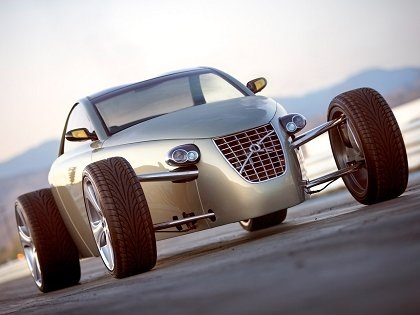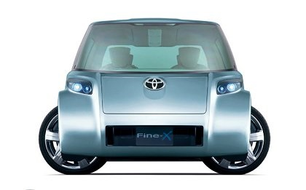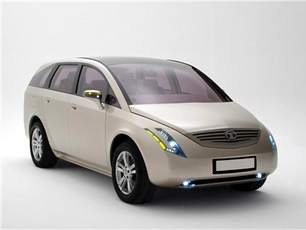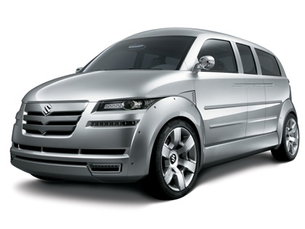2005 Hyundai HED-1 Concept
- Story Cars
.png/v1/fill/w_320,h_320/file.jpg)
- May 13, 2025
- 2 min read
The Hyundai HED-1 Concept, unveiled at the 2005 Geneva Motor Show, marked a stylish and forward-thinking step for Hyundai’s European design ambitions. Created by the company's European Design Center in Rüsselsheim, Germany, the HED-1 was developed as a showcase of the future direction for Hyundai's Matrix compact MPV replacement, blending urban practicality with sculptural aesthetics.
At first glance, the HED-1 stood out with its smooth, flowing curves, a rich burgundy paint finish, and elongated triangular headlamps that gave the microvan concept a refined, almost artistic presence. Its form was reminiscent of contemporary Renault concepts, especially in the way it embraced rounded surfaces and an airy, monovolume silhouette. It followed the design language set by the earlier Hyundai E3 concept, continuing the evolution of a compact yet expressive urban vehicle.
Inside, the theme of burgundy carried through with striking boldness. The entire cabin was draped in burgundy, softened by accents of white suede on the steering wheel and ceiling, creating a luxurious yet cozy atmosphere. True to concept form, the interior eschewed harsh angles for a more organic, sculptural look, giving the cabin a lounge-like feel. The rear seating arrangement was particularly innovative: individually mounted rear seats sat on a retractable extension of the trunk floor, demonstrating Hyundai's interest in versatile interior packaging and maximizing space efficiency in compact vehicles.
While Hyundai provided few mechanical details about the HED-1, the concept wasn’t about performance—it was about signaling a shift toward design-led innovation in Hyundai’s small vehicle lineup, particularly tailored for European urban environments. With the HED-1, Hyundai showed it was serious about competing with the likes of Renault and Citroën in the growing segment of small, stylish MPVs.
Although the HED-1 did not reach production in its original form, its influence was felt in future Hyundai models, including the next generation Matrix and other compact offerings, as Hyundai refined its design language under the growing influence of its European design studios.
































Comments